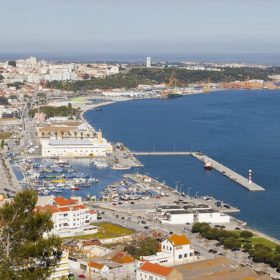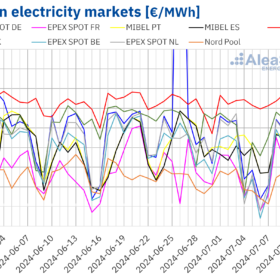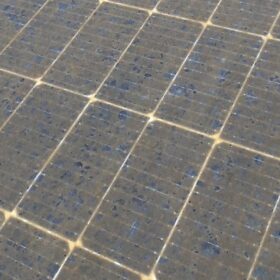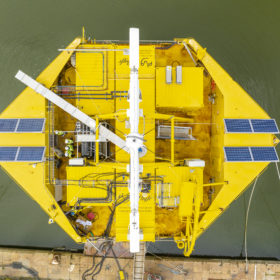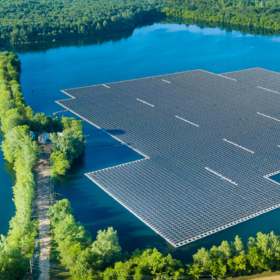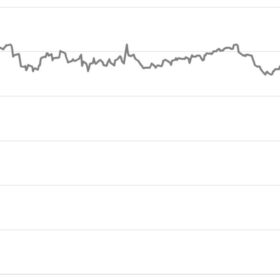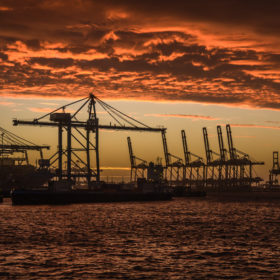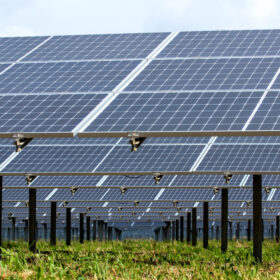Portugal launches first auction for green biomethane and hydrogen
The government will auction up to 127 GWh/year of hydrogen with a maximum price of €127/MWh, and up to 150 GWh/year of biomethane with a maximum price of €62/MWh.
Portugal, Spain set records for daily solar energy production
AleaSoft Energy Forecasting says average electricity prices rose in all major European markets during the second week of July, with Spain and Portugal breaking their daily solar production records.
New fault detection techniques for air-to-air heat pumps
Portuguese researchers have compared several applied machine learning techniques to detect faults in air-to-air heat pumps in cooling mode. The results showed a high level of performance based on four metrics.
Chemitek offers metal oxides removal agent for PV panels
The Portugal-based company has developed a metal oxides removal agent product for PV installations located near foundries, steelworks and metal ore mines.
The Hydrogen Stream: PV-wind hybrids cut LCOH by 70%
Portuguese and Italian researchers have shown that the levelized cost of hydrogen (LCOH) is lower onshore and that PV-wind configurations reduce the LCOH up to 70%, while Lhyfe says it has started collaborating on a hydrogen storage project.
Key takeaways from Lisbon Energy Summit 2024
The second edition of Portugal’s most important energy event focused on the central role of green hydrogen in the country’s future energy landscape. The trade show also highlighted the need to accelerate the growth of the solar sector.
Chemitek offers new cleaning products for floating PV
Chemitek has developed new cleaning products for floating PV arrays. The Portuguese company says it has tested and confirmed them to be safe for animals and vegetation around such systems.
Europe’s negative price trend could continue until summer
AleaSoft and SolarPower Europe inform pv magazine that negative energy prices in Europe are related to the pandemic, low demand, insufficient storage solutions, and inadequate energy planning. They say this situation will likely continue into the summer.
The Hydrogen Stream: Engie confirms termination of H2Sines.Rdam project
Engie has told pv magazine that the developers of the H2Sines.Rdam installation have decided to terminate the project to produce hydrogen in Portugal and send it to the Netherlands, while Fortescue said it has opened an electrolyzer production facility in Australia.
How can policy help Portugal decarbonize?
With ambitious decarbonization targets and a favourable regulatory landscape, Portugal is an appealing market for renewable energy developers and producers. Like other European markets, however, Portugal’s clean energy industry faces challenges related to permitting, grid connection, and the availability of remuneration schemes – hurdles which threaten to slow the country’s energy transition.
